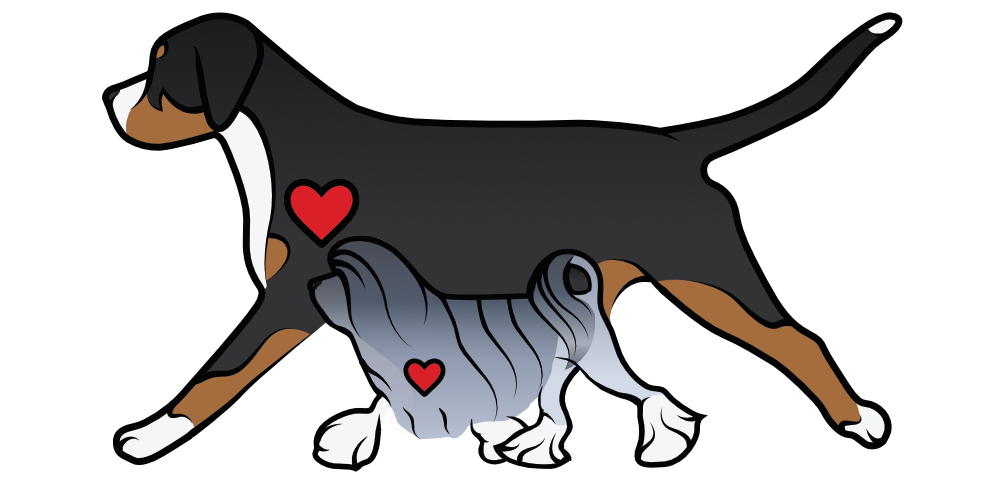Vesta, a 19 month old Greater Swiss Mountain Dog, demonstrates how to back up into a cart. She also shows how to make turns in cart, back up in cart, and a moving stand.
Vesta is owned by Jennie Chen. Her registered name is Seneca’s Roman Candle Reigns Vesta, CA, HIC, NWPD. You can visit her at romanreign.com.
[youtube https://www.youtube.com/watch?v=ACnhPLlSuyQ?list=UUWCSM47hFwIk22H1FcZ2loA]



